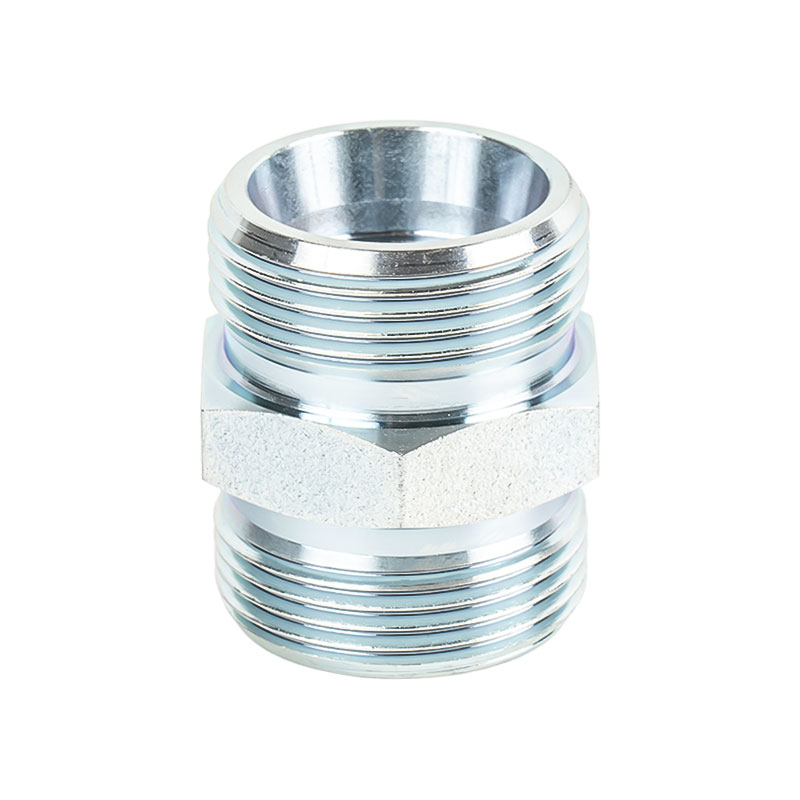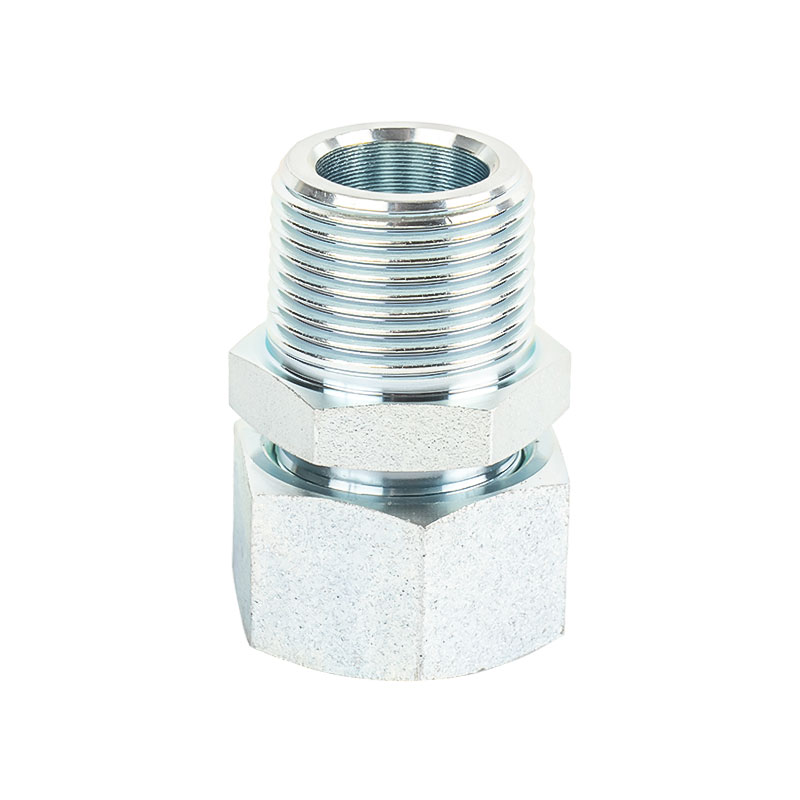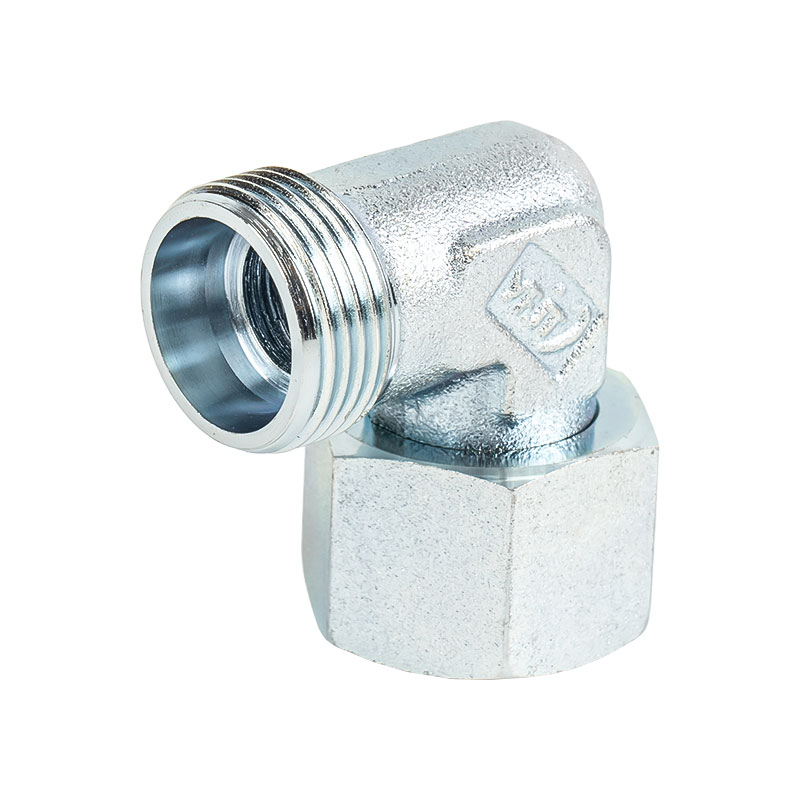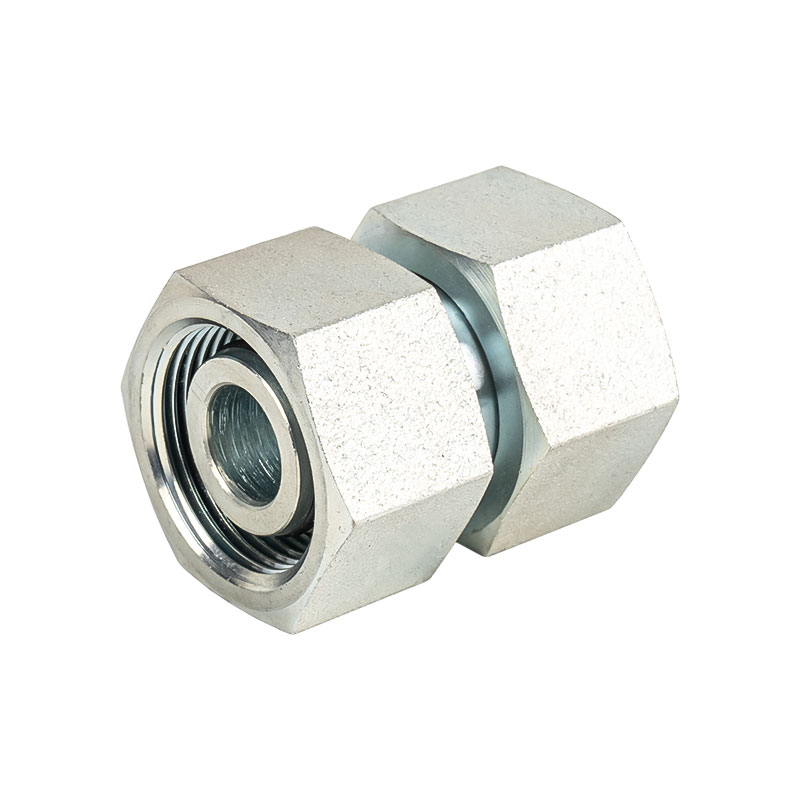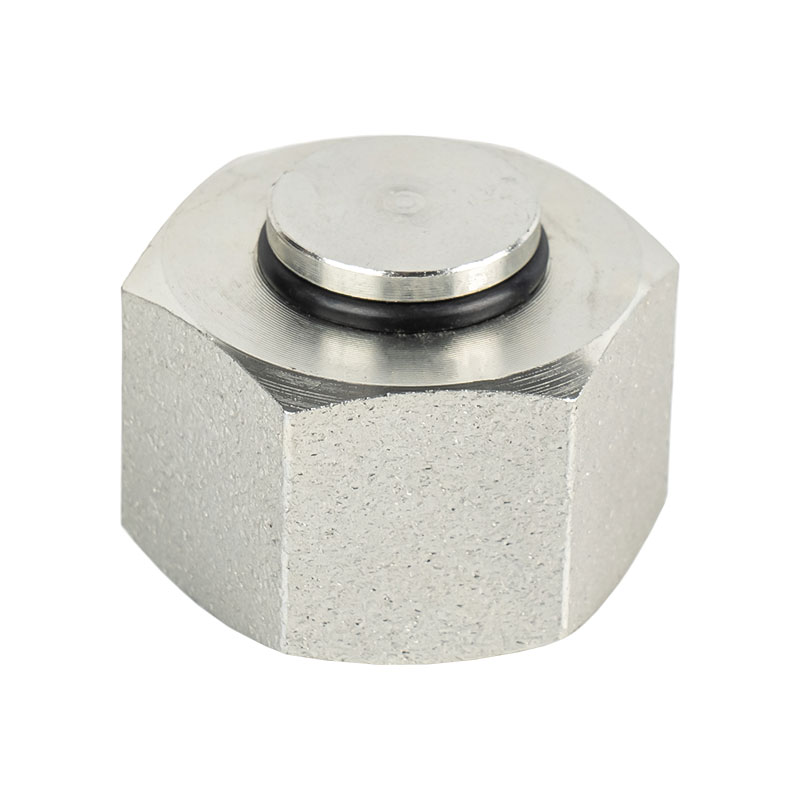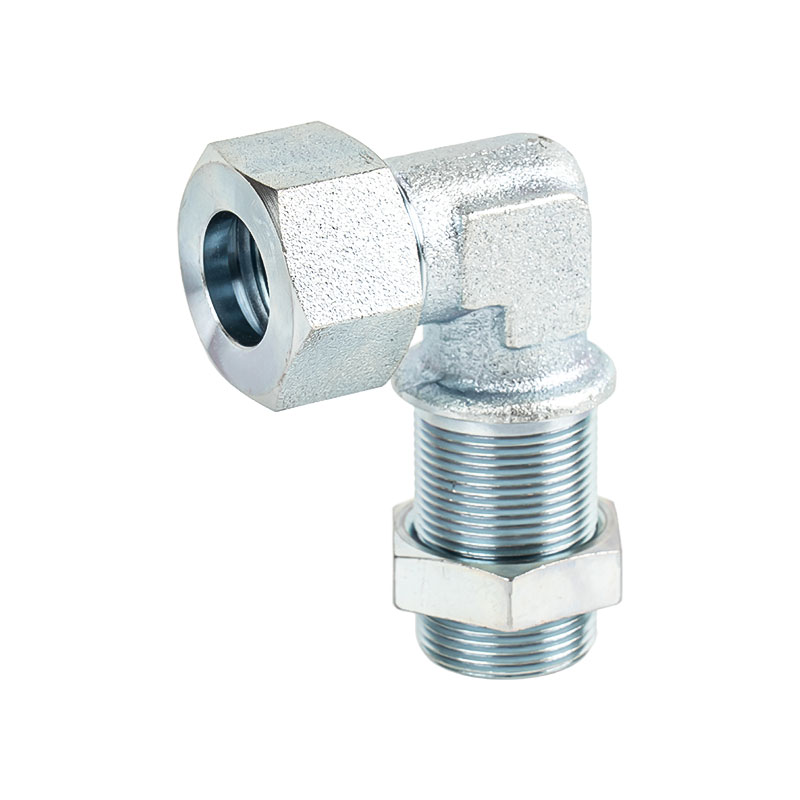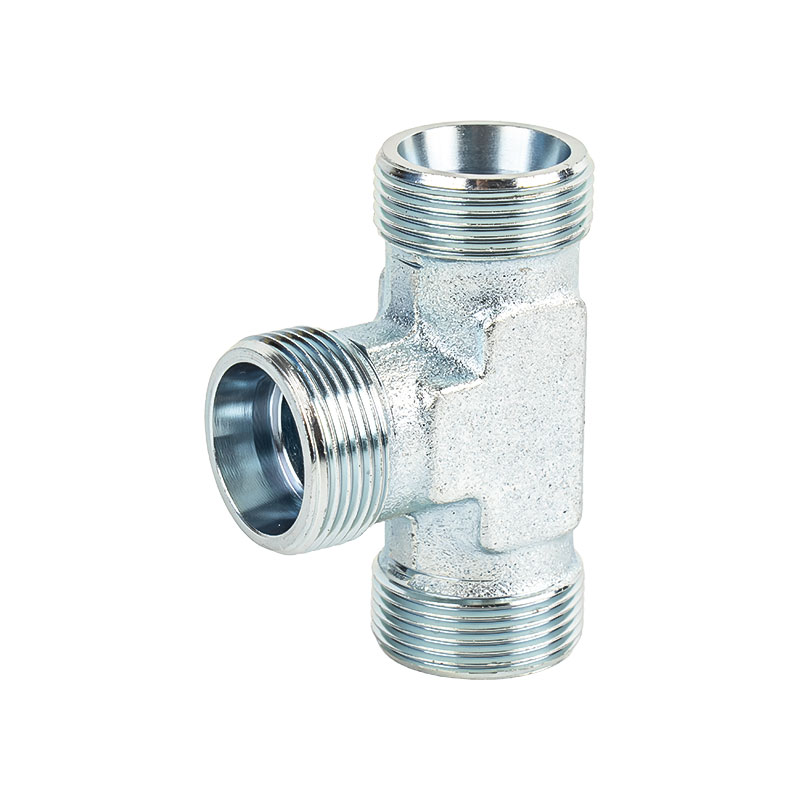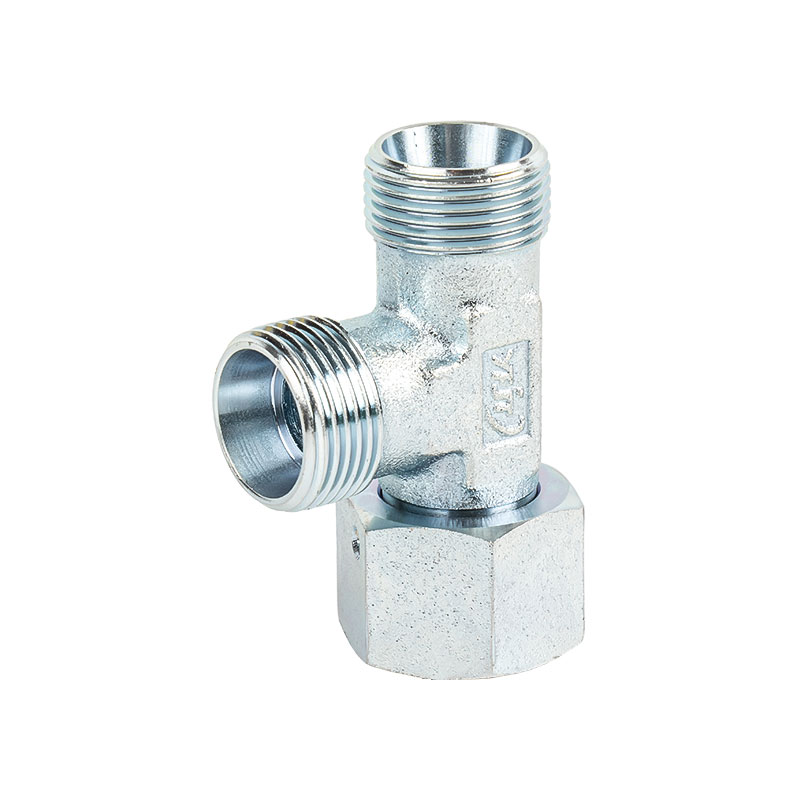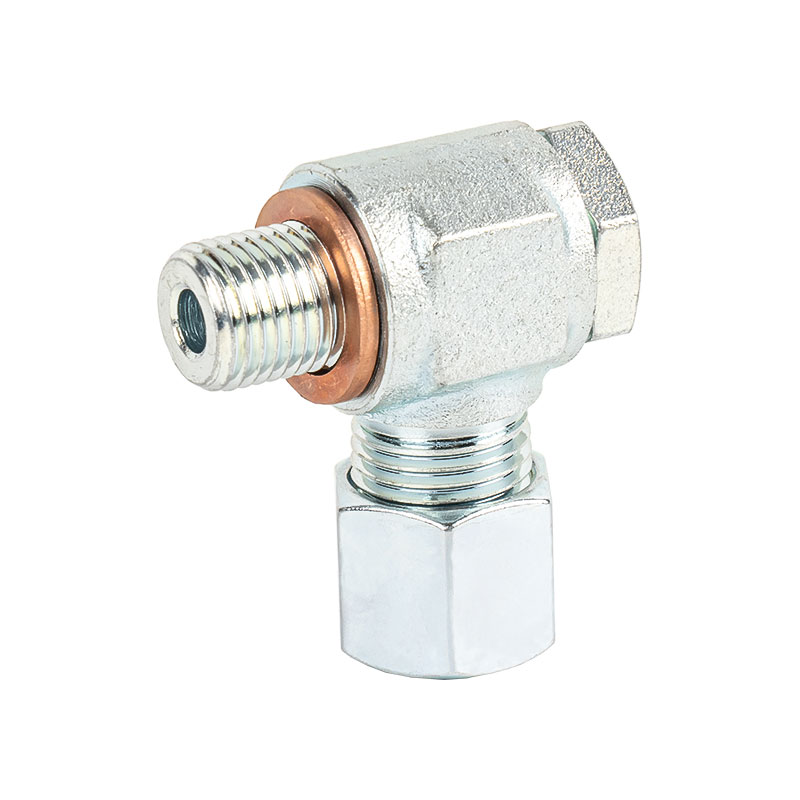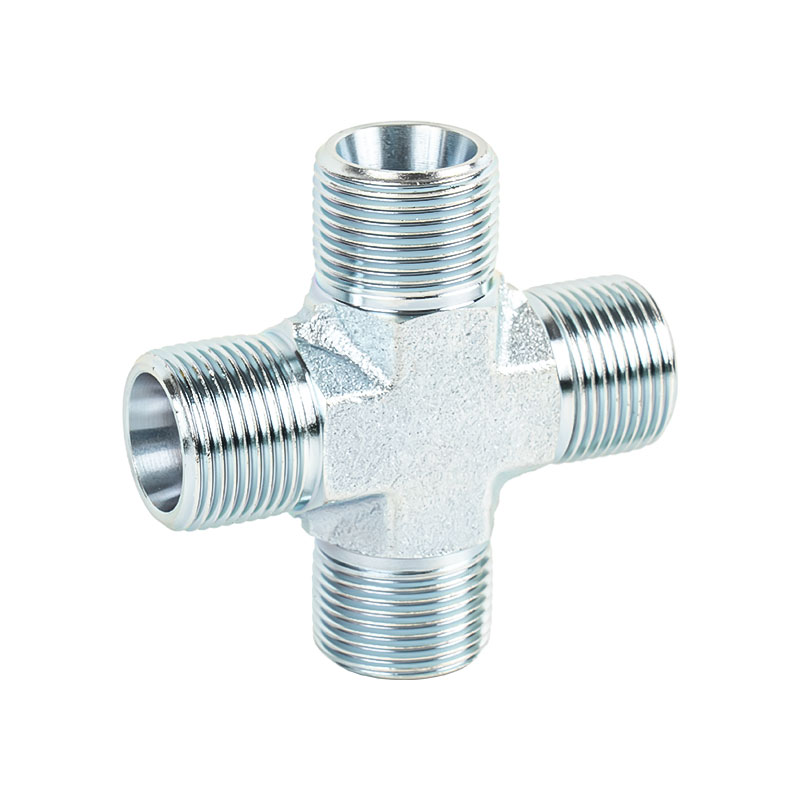Structural Design of the Internal Locking Hose Joint
The internal locking hose joint is designed with precision-engineered components that ensure a tight and secure connection between the hose and its fitting. Its main structure typically consists of an inner locking mechanism, a sealing ring, a connector body, and a retaining collar. The inner locking mechanism is responsible for gripping the hose from the inside, which prevents slippage or detachment even under fluctuating pressure conditions. The connector body is generally made of metal alloys or reinforced engineering plastics that can withstand internal pressure and temperature variations. This design allows the joint to maintain a firm seal without requiring excessive external clamping force.
Working Principle of the Locking Mechanism
The core principle behind the internal locking hose joint lies in its ability to create a radial compression force that securely anchors the hose to the fitting. When the hose is inserted into the connector, an internal locking ring or collet expands slightly to accommodate the hose. Once in position, the ring contracts and grips the hose’s inner surface, creating mechanical friction that resists pulling forces. This process is often supported by an O-ring or gasket that forms a secondary seal, ensuring leak-free performance. The combination of mechanical locking and elastic sealing enables the connection to remain stable during vibration or changes in pressure.
Sealing Performance and Leakage Prevention
Sealing performance is a key factor in determining the reliability of an internal locking hose joint. The sealing ring, usually made of rubber or elastomeric materials such as EPDM or NBR, conforms to the hose and fitting surfaces to eliminate gaps. The pressure inside the hose helps reinforce the seal by pressing the ring more tightly against the contact surfaces. To ensure long-term efficiency, some designs integrate dual-sealing systems—an internal mechanical grip combined with a pressure-assisted seal. This dual-layer approach reduces the risk of fluid leakage, even when the system experiences thermal expansion or slight deformation of materials over time.
Material Selection and Durability
The materials used for manufacturing internal locking hose joints play a vital role in ensuring connection stability. Common choices include stainless steel, brass, and corrosion-resistant alloys for metal connectors, as well as reinforced plastic composites for lightweight applications. Stainless steel joints offer superior resistance to corrosion and can operate in high-pressure or high-temperature environments. In contrast, composite materials are preferred for applications where weight reduction and cost efficiency are priorities. The internal locking components, such as retaining rings, are often heat-treated or coated to enhance surface hardness and wear resistance, extending the overall service life of the joint.
Installation Process and Connection Security
The installation of an internal locking hose joint is designed to be simple yet reliable. The hose is first cut cleanly to the required length, ensuring that the inner and outer diameters are free from burrs or deformities. It is then pushed into the connector until it reaches the stop point. At this stage, the internal locking ring automatically engages, securing the hose in place. Some designs feature a push-to-connect system that allows tool-free assembly, while others may require a torque wrench to tighten an external nut. The automatic engagement mechanism reduces the possibility of human error and guarantees consistent installation quality across multiple connections.
Performance Comparison with External Clamping Joints
Compared with external clamping hose joints, internal locking joints provide several structural and functional advantages. The table below summarizes the main differences between the two connection types.
| Feature | Internal Locking Hose Joint | External Clamping Hose Joint |
|---|---|---|
| Connection Method | Locking mechanism grips hose internally | External clamp or band applied around hose |
| Sealing Performance | Enhanced due to internal compression and O-ring sealing | Depends on clamp pressure and hose elasticity |
| Vibration Resistance | Strong resistance due to internal grip stability | May loosen under repeated vibration |
| Ease of Installation | Often tool-free or single-step locking | Requires manual tightening with tools |
| Maintenance Requirements | Minimal; periodic inspection recommended | May need regular re-tightening |
Pressure and Temperature Tolerance
Internal locking hose joints are specifically engineered to maintain reliable performance under varying operational pressures and temperatures. The internal locking ring evenly distributes stress across the hose’s circumference, reducing the risk of localized deformation. Many designs include thermal-resistant materials that maintain elasticity and sealing strength even at high temperatures. The combination of metal and elastomer components ensures that the joint remains stable when subjected to thermal expansion or contraction. This versatility makes internal locking hose joints suitable for hydraulic, pneumatic, and chemical transport systems operating in demanding environments.
Applications in Industrial and Commercial Systems
Internal locking hose joints are widely used in multiple industries that require secure and leak-free connections. In hydraulic machinery, these joints prevent fluid loss under high-pressure conditions, maintaining system stability. In chemical processing and fluid transfer systems, they provide corrosion-resistant sealing solutions that handle aggressive media safely. In the automotive and marine sectors, internal locking joints are valued for their vibration resistance and compact design. Jiangsu Shenkai Marine Equipment Co., Ltd., for example, integrates similar locking principles into its marine ventilation and duct systems to enhance safety and sealing reliability in harsh marine environments.
Maintenance and Inspection Recommendations
Although internal locking hose joints require minimal maintenance, regular inspection is recommended to ensure long-term performance. Periodic checks should focus on identifying wear in the locking ring, degradation of the sealing material, and signs of corrosion on the connector body. If fluid leakage or reduced pressure retention is detected, the joint should be disassembled and the internal components replaced as necessary. Many modern designs include replaceable sealing elements, making maintenance efficient and cost-effective. By adhering to proper inspection intervals, operators can extend the lifespan of the entire hose system and reduce downtime in industrial processes.
Design Innovations and Safety Enhancements
Recent advancements in hose joint engineering have led to improvements in the internal locking mechanism’s precision and safety. Some models incorporate self-locking features that automatically adjust grip strength according to internal pressure. Others include built-in safety release mechanisms that prevent hose blowout in case of overpressure. Manufacturers have also optimized the geometry of the internal locking ring to reduce assembly effort while maintaining consistent sealing pressure. These innovations contribute to the broader use of internal locking joints across industries where reliability and operator safety are priorities.
Future Development and Market Trends
As industries move toward automation and higher system efficiency, the demand for internally locking hose joints is expected to grow. The focus will be on developing lightweight yet durable materials, advanced coatings for corrosion resistance, and quick-connect mechanisms compatible with robotic assembly systems. Integration of sensors within the connector body to monitor pressure and temperature is also being explored, allowing predictive maintenance and enhanced safety monitoring. Companies like Jiangsu Shenkai Marine Equipment Co., Ltd. continue to adapt such technologies to their marine and offshore systems, ensuring that each connection meets both structural and functional requirements for modern engineering applications.
Summary of Technical Advantages
The internal locking hose joint offers an effective combination of mechanical reliability, sealing efficiency, and ease of installation. Its ability to distribute pressure evenly, resist vibration, and maintain a stable connection under dynamic conditions makes it suitable for a wide range of applications. The integration of high-quality materials and precision design ensures consistent performance in demanding environments. As manufacturing technologies evolve, these joints will continue to play a vital role in industrial, automotive, and marine fluid systems that require secure and long-lasting hose connections.

 中文简体
中文简体